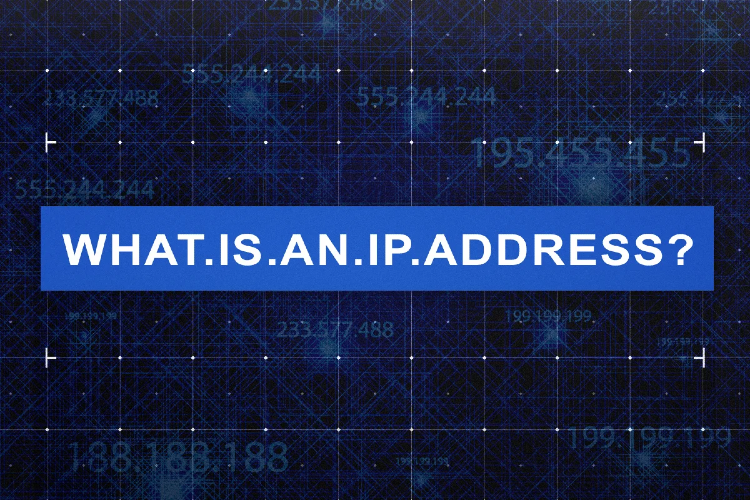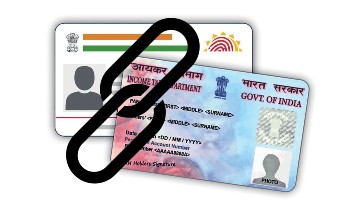
An IP address (Internet Protocol address) is a unique numerical tag allotted to each appliance connected to the Internet. It serves as the device's identity and is used to locate and communicate with it on the Internet. It comprises four sets of numbers separated by dots, such as 192.168.1.1.
There are two kinds of IP addresses: IPv4 and IPv6. IPv4 consists of four sets of numbers and 32 bits, while IPv6 addresses use 128 bits and consist of eight groups of numbers separated by colons.
IP addresses play a vital part in the functioning of the Internet. They serve as a unique identifier for each device, route data packets, locate devices, and provide security. Understanding IP addresses and how they work is essential for anyone who uses the Internet and wants to ensure their device's safety and privacy.
Working of an IP Address
An IP address routes data packets between devices on the Internet. When you send a request to access a website, your device sends a data packet to the website's IP address. The Internet Service Provider (ISP) uses the IP address to determine the location of the device, which then sends the data packet to the correct device. The instrument then processes the request and sends the website data back to your device.
Dynamic IP addresses are assigned dynamically by the ISP and can change every time a device connects to the Internet. On the other hand, static IP addresses are fixed and do not change. Static IP addresses are for servers and other devices that must be accessible from the Internet at all times.
In addition to its role in communication and location, an IP address helps for security purposes. Firewalls, for example, use IP addresses to restrict or allow access to specific devices or networks. They can track the source of online attacks or cybercrime.







